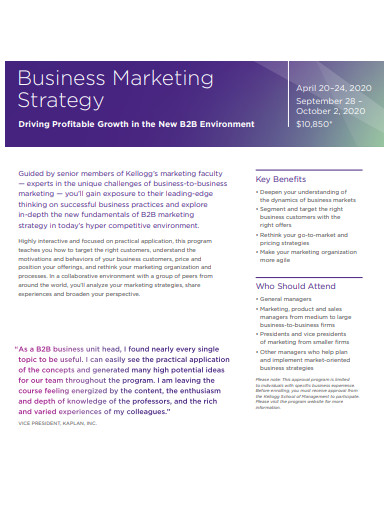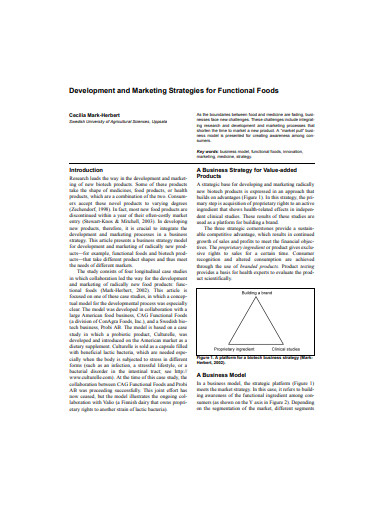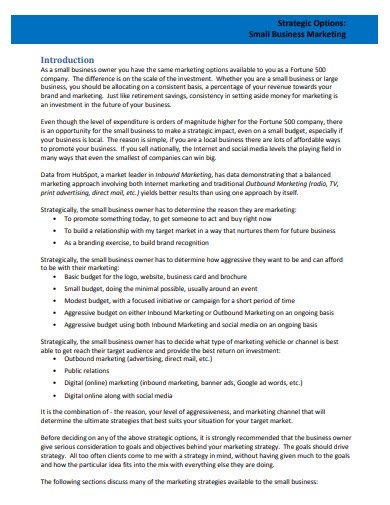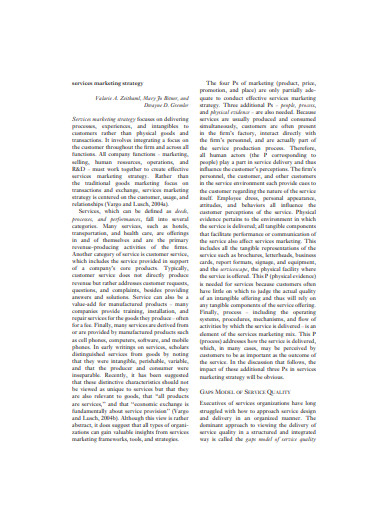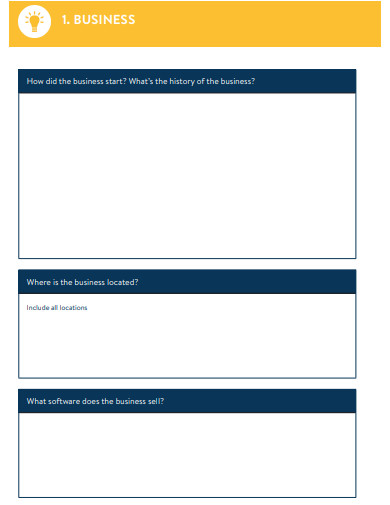We are all aware that there are a lot of successful entrepreneurs in the world, right? But the question is, how did they achieve such success? Well, if you want to know more about it, you have found the right article. Entrepreneurs focus on making and analyzing marketing strategies in order to achieve successful marketing operations. According to a Statista report, 24.9% of business owners spend their time in crafting marketing activities for their business. As business owners spend their time in building marketing operations, they would also need a business marketing strategy to ensure that those marketing operations will achieve business marketing goals. In this article you will learn all about business marketing strategy, its importance, and how to create a business marketing strategy that is right for your business.
10+ Business Marketing Strategy Examples
1. Business Marketing Strategy Format
2. Real Estate Marketing Strategy Survey Report
3. Small Business Marketing Strategy Plan
4. Food Business Marketing Strategy
5. Food Business Marketing Strategy Example
6. Small Business Marketing Strategy
7. Services Business Marketing Strategy
8. Online Business Marketing Strategy
9. Business Marketing Strategy Sample
10. Business School Marketing Strategy
11. Business School Marketing Strategy Example
What Is a Business Marketing Strategy?
A business marketing strategy is a plan on how a business builds its brand in the market industry. It is how a company strategizes in order to engage other businesses, achieve marketing goals, maximize their profit, and to remain one of the top companies in the market. In creating a business marketing strategy, most of its operations are for B2B marketing. It is important that an entrepreneur performs market research and carefully evaluates the gathered information since their customers are mostly organizations. Most of these organizations look for the reputation of a company in the market to ensure that they will offer a good product or service. Business marketing strategies leads a company towards a successful strategic marketing and market performance.
Importance of a Business Marketing Strategy
1. It helps build a good business reputation in the market.
2. It makes a business one step ahead of its competitors
3. Ensures effective marketing operations.
4. It helps in building strong customer relationships.
5. It is a factor in studying the growth and development of the business in the market industry.
The information stated above are the reasons why business marketing is important in running a business. It is the core of how a business implements successful business marketing strategies for their marketing operations. In order for a business owner to achieve their business marketing goals, they must take note of the importance of business marketing strategy.
The Difference Between Business Marketing and Product Marketing
Most people are confused when it comes to the difference in business marketing and product marketing. Well, business marketing is solely focused on building the company brand in the market to improve the business profit while product marketing focuses on creating products that will answer to the needs of the customer to maximize the market sales. It is important the one must distinguish the difference between business marketing and product marketing because both have the same goals but it is made on different terms.
How To Create a Business Marketing Strategy
In order for you to create and plan a well-made business marketing strategy, here are some steps and guidelines:
1. Define Your Objectives
It is important that you outline your objectives in creating a business marketing strategy. It serves as a guideline in how you will manage the process of strategizing your market operations. It is important that you take the process step by step to avoid mistakes that may result to failure of implementing the strategy.
2. Organize a SWOT Analysis
A SWOT analysis identifies the strengths, weaknesses, opportunities, and threats of your business. It will help you determine which part of your business has the lowest points and is needed to be improved so that the business marketing strategy can be implemented successfully.
3. Incorporate a Budget Plan
A budget plan is important in making a business marketing strategy. In order to determine how much money will be needed for the market activities, a business owner must make a budget plan. According to a Statista report, 51% of business owners did not perform marketing strategies dude to the lack of budget. It ensures that there will be enough financial structures in performing market operations and activities.
4. Find Reliable Sources
In making a business market strategy, you must gather information that will be needed for market research so you could strategize properly. This information must come from reliable sources so to avoid false information from being gathered. False information may cause wrong data analyzation and it may lead you to gather information again, which is time consuming.
5. Build Strong Ideas
In building your business marketing strategy, you must also make strong ideas that you know will work when it comes to strategizing. Strong ideas are where you start planning your business marketing strategy and they make you confident because you know that they will be effective when implemented.
FAQs
How Do I Improve In Building My Business Marketing Strategies?
In order for you to improve in building your business marketing strategies, you must encourage yourself to learn more about it. Do extensive market research and carefully analyze the data gathered. You can also ask for some tips and advice from your fellow business colleagues for a better understanding.
Are There Any Marketing Strategy Examples For Business?
Yes, there are many marketing strategy examples such as content marketing, networking events, social media advertising, and search engine optimization.
What is the meaning of B2B?
B2B is a type of business model that means business-to-business. It is when a business solely focuses on selling its products or services to another business. For example, a manufacturing company sells different types of textiles to a clothing company.
Strategies have been used in business marketing for a very long time. It is used because of how well they engage in achieving the marketing goals of a business. The business marketing strategy also makes a difference in traditional marketing and in the performance marketing of a small business. Whether the business is big or small, a business marketing strategy improves the marketing flow of a business, that’s why entrepreneurs need to focus on creating and learning the concept of business marketing strategy.




